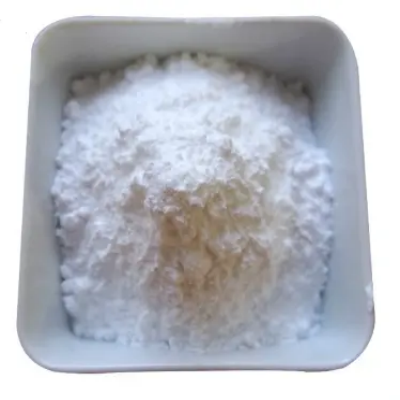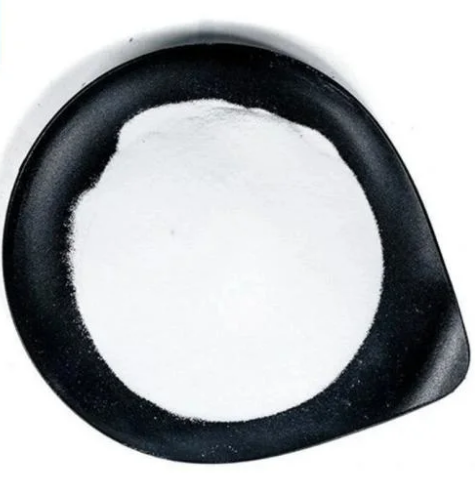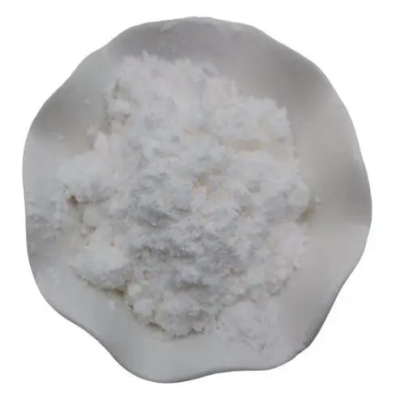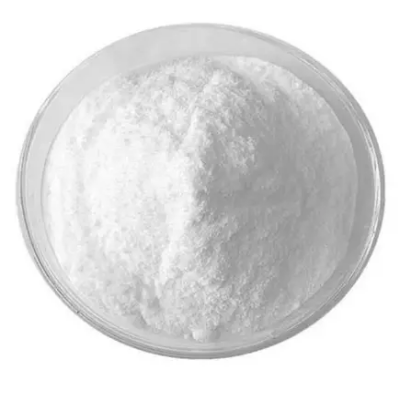tert-Butyl 4-(2-bromoethyl)piperazine-1-carboxylate CAS:655225-01-7
tert-Butyl 4-(2-bromoethyl)piperazine-1-carboxylate has several important applications in organic synthesis and pharmaceutical research. Here are some common uses of this compound: Medicinal Chemistry: The compound serves as a valuable building block for the synthesis of biologically active molecules. It can be utilized in the development of potential drugs targeting various therapeutic areas such as central nervous system disorders, psychiatric conditions, or cardiovascular diseases. Piperazine Derivatives: tert-Butyl 4-(2-bromoethyl)piperazine-1-carboxylate can be used as a starting material to synthesize other piperazine derivatives. Piperazines are versatile scaffolds found in many biologically active compounds and can be modified to enhance their pharmacological properties. Antagonists and Agonists: The presence of the piperazine moiety in this compound makes it suitable for the synthesis of receptor antagonists or agonists. By modifying the substituents attached to the piperazine ring, specific interactions with target receptors can be achieved, leading to the desired biological activity. Molecular Probes: tert-Butyl 4-(2-bromoethyl)piperazine-1-carboxylate can be used as a precursor for the synthesis of molecular probes. These probes are small molecules labeled with fluorescent or radioactive tags that allow researchers to visualize or track specific targets or processes within cells or organisms. Chemical Biology: The compound finds utility in chemical biology studies aiming to investigate biological processes and identify targets for therapeutic intervention. Its incorporation into small molecules or probes enables the exploration of specific cellular pathways or interactions. Prodrug Design: tert-Butyl 4-(2-bromoethyl)piperazine-1-carboxylate can be used as a prodrug, where it is metabolically activated in vivo to release the active drug molecule. Prodrugs are designed to improve drug delivery, bioavailability, or reduce side effects. Cycloaddition Reactions: The bromoethyl group in this compound can undergo cycloaddition reactions, such as azide-alkyne click chemistry. These reactions enable the selective modification of the compound by introducing functional groups or attaching it to other molecules of interest. In summary, tert-Butyl 4-(2-bromoethyl)piperazine-1-carboxylate is a versatile compound with various applications in organic synthesis and pharmaceutical research. It plays a critical role in medicinal chemistry, piperazine derivatives, receptor modulation, molecular probes, chemical biology, prodrug design, and cycloaddition reactions. The compound's high purity, stability, and ability to modify molecules make it valuable in the development of biologically active compounds and the exploration of biological mechanisms.



| Composition | C11H21BrN2O2 |
| Assay | 99% |
| Appearance | white powder |
| CAS No. | 655225-01-7 |
| Packing | Small and bulk |
| Shelf Life | 2 years |
| Storage | Store in cool and dry area |
| Certification | ISO. |


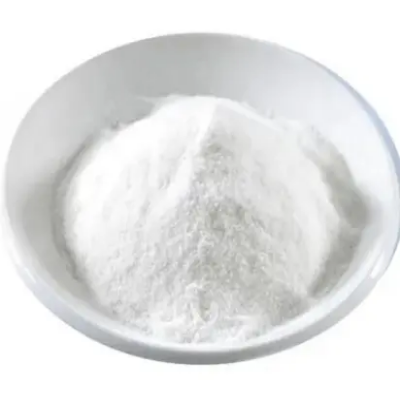
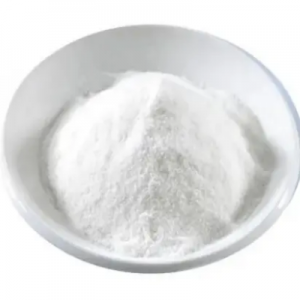
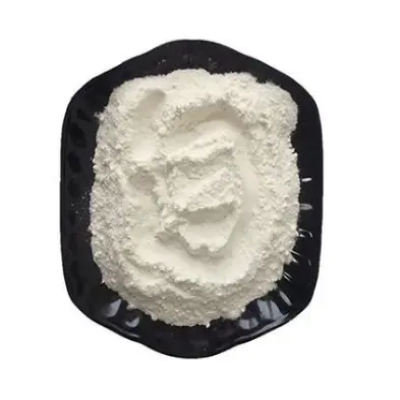
![5-CHLOROMETHYL-2,4-DIHYDRO-[1,2,4]TRIAZOL-3-ONE CAS:252742-72-6](https://cdn.globalso.com/xindaobiotech/B7BHTM43TKFHZ0EB3TY56.png)
